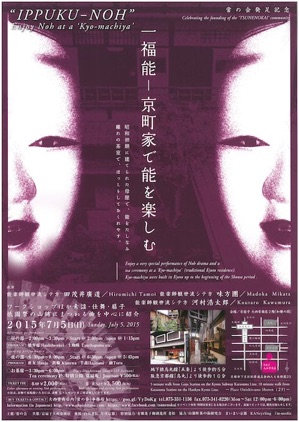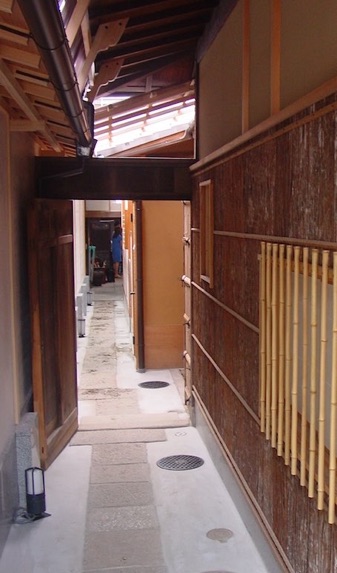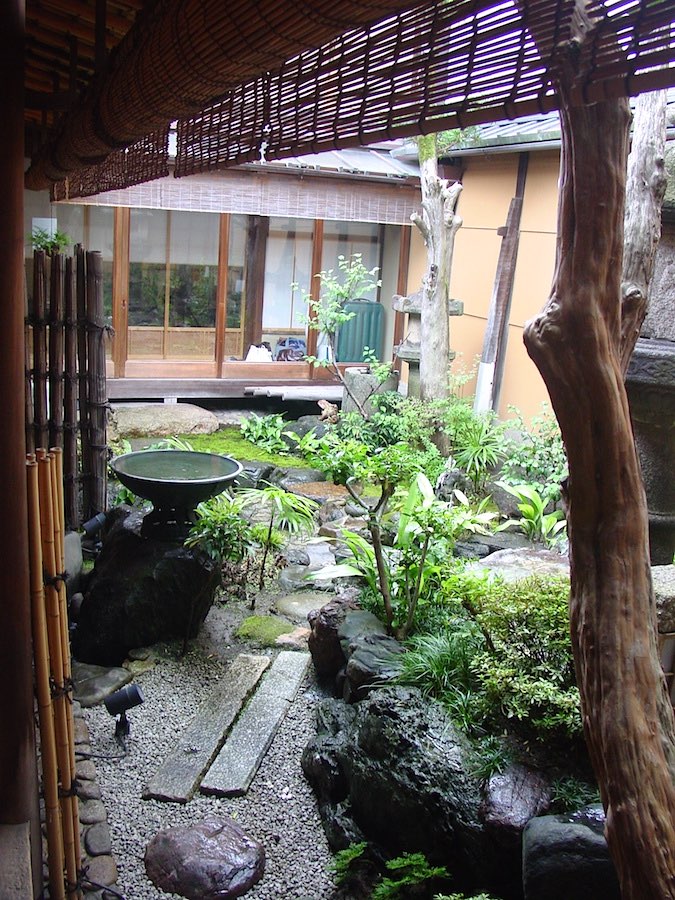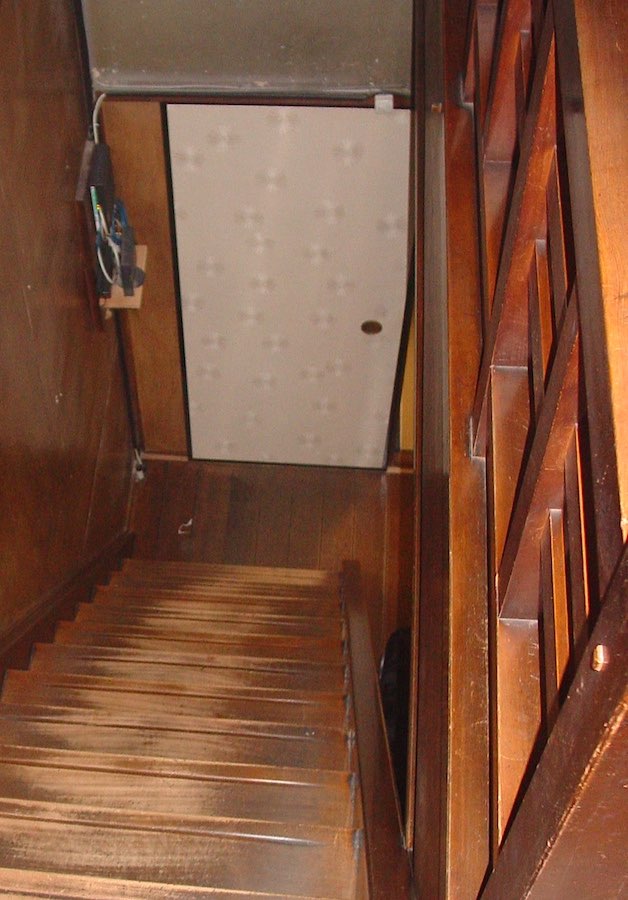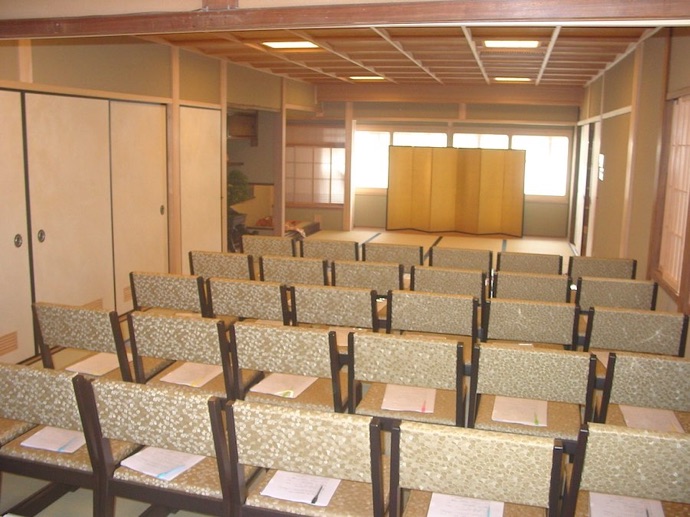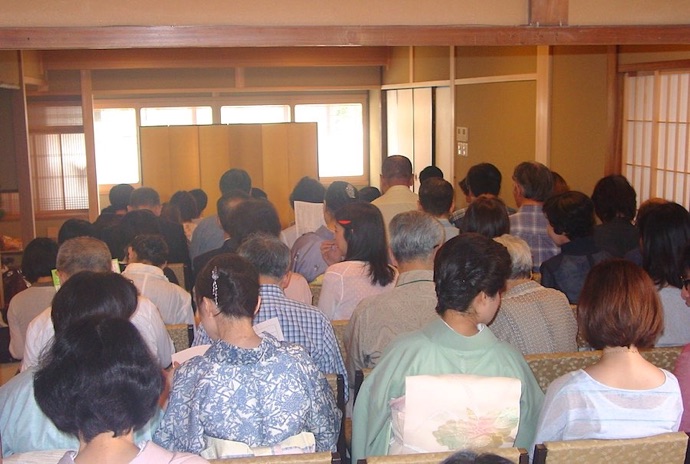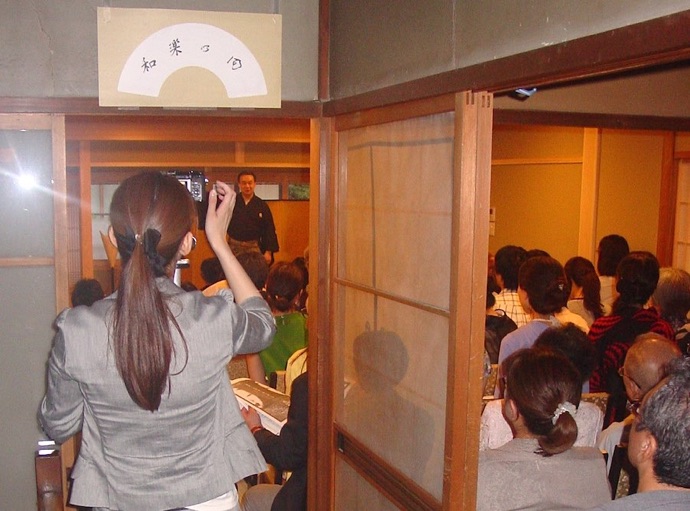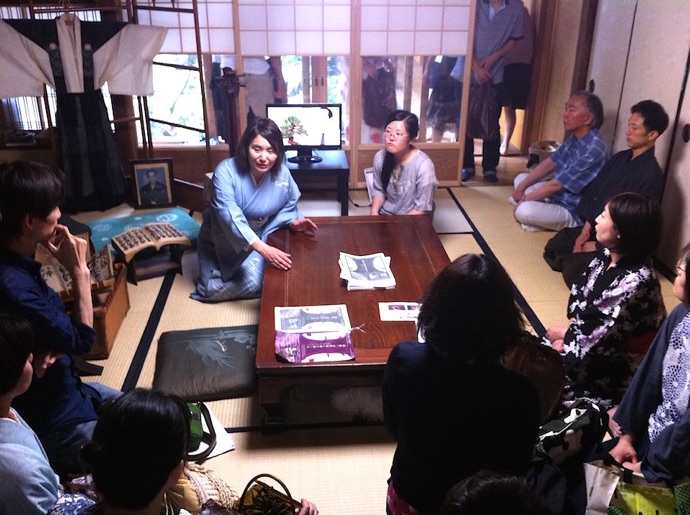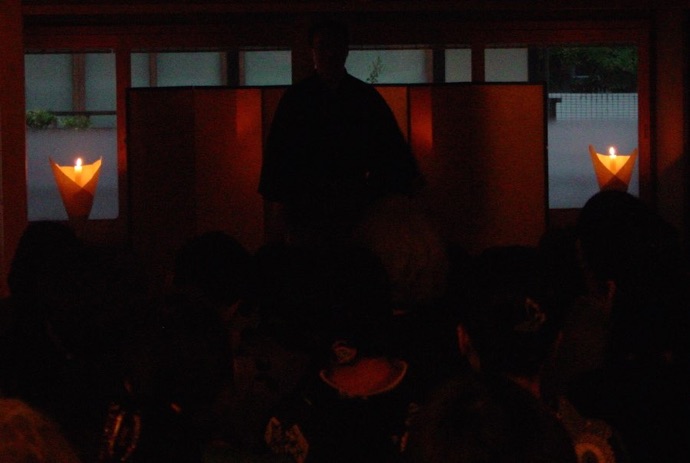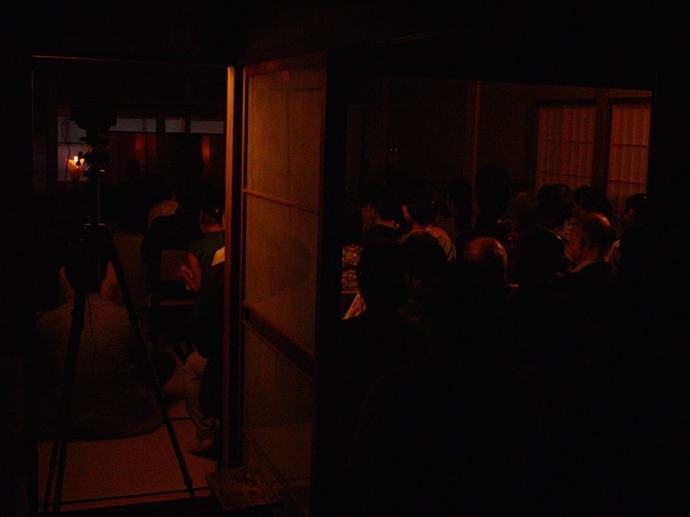One of the main reasons that KANcycling is based in Kansai is proximity to everything in this area (no, it’s not just so we can make the pun!). Tokyo is great, but it’s so huge that it’s both expensive and time-consuming to get anywhere else. Just by virtue of being in Kansai, on the other hand, you have quick and easy access to places as different as Osaka, Kyoto, Kobe, Nara, Himeji, Lake Biwa, Shikoku, the Inland Sea, the Japan Sea, and so on. And if you have a special interest in Japanese culture, then you’ll appreciate the ability to go to Kyoto and Nara any time you like. There are multiple events going on every day in both cities that date back hundreds or even thousands of years, and you could spend multiple lifetimes without exhausting the riches in either of those cities.
In the last decade or two, many private organizations have sprung up with the goal of preventing the decline of traditional culture in Kyoto and other cities. One of these, formed last year, is the Tsunenokai, devoted to preserving the culture of traditional machiya in Kyoto. We went to their first event; here is our long-delayed special report.
Machiya
Two of the most common traditional residences in Japan are noka (farmhouses) and machiya (wooden townhouses). The latter were built throughout Japan, but they are so closely identified with Kyoto in particular that they are often referred to as “Kyo-machiya.” Their origin is apparently the result of tax policy. Property taxes in Kyoto were assessed based on the length of frontal road that the building occupied. This, naturally, encouraged people to build long, thin houses and shops that occupied only a tiny area of the road but stretched very far back into the lot. Usually the front of the residence also served as a storefront, and there was also usually at least one inner courtyard, near where the family lived in the back. Up until a few decades ago there were tens of thousands of machiya in Kyoto, but as they are relatively expensive to maintain, they have been disappearing in recent years.
The rather unusual concept for this event was to present “a taste of” Noh theatre in a machiya. The venue was Onishitsune, a family business that crafts Japanese folding fans and has existed for nearly a century.
Here’s the lovely inner courtyard:
Here and there you can see accommodations made to the modern age. At the bottom of the stairs is the Internet router, placed unobtrusively on a tiny shelf in the stairwell.
The machiya has recently been renovated and reinforced to make it possible to hold events for 50-60 people on the second floor.
For this first event, the house was packed:
They went out of their way to reassure visitors that the second floor had been reinforced to enable it to seat 60 people “so don’t worry, the floor’s not going to give way.”
What followed was a unique experience: formal Noh in a very intimate setting. The Noh performers who would normally be on a stage far away were sitting on the tatami right in front of you, so you could see clearly what they were doing. They took pains to show and talk about the different masks and how they’re used to create a surprising variety of expressions:
There are many private organizations in Japan that are working to preserve traditional Japanese culture, and this event did not escape notice; much of one of the performances was videoed by one such organization.
There were two performances, afternoon and evening. In the break between performances, the proprietress of Onishisune (in blue) talked about the history of the shop and the special challenges of living in and maintaining a
machiya.
The evening performance featured something unique: an indoor version of the famous Takigi-Noh, or Noh by firelight, performances of which are often held in the autumn.
Obviously this doesn’t lend itself well to photographs; you really had to be there.
But the effect was truly lovely:
The final Noh performance was from Tsuchigumo, one of the most popular Noh plays. A warrior fights what turns out to be a giant spider in disguise, and in the dramatic climactic battle, the “spider” repeatedly hurls enormous quantities of threads (made of Japanese paper) that the warrior has to cut with his sword:
After the performance, spectators were treated to a tea ceremony in Onishitsune’s lovely chashitsu, or tea ceremony room:
This rather blurry photo might give a better sense of what a nice room it is:
And here’s another one with the teamaster:
The intimate venue resulted in spontaneous connections that would not have been possible in a more formal setting. For example, after the performance, the Noh performers stayed around on the second floor for an informal chat with the audience that was as informative and worthwhile as the performance itself had been.
All in all, a fine debut for a worthy cause. Japan is a truly lovely country to cycle in, but KANcycling encourages you to get “off the bike” now and then and explore its riches in other areas as well — particularly in the Kansai.
Postscript
The Facebook page for the Tsunenokai is here: https://www.facebook.com/tsunenokai/
The event was covered by Kyoto Shimbun, the major Japanese newspaper in Kyoto:
http://www.kyoto-np.co.jp/sightseeing/article/20150706000110
